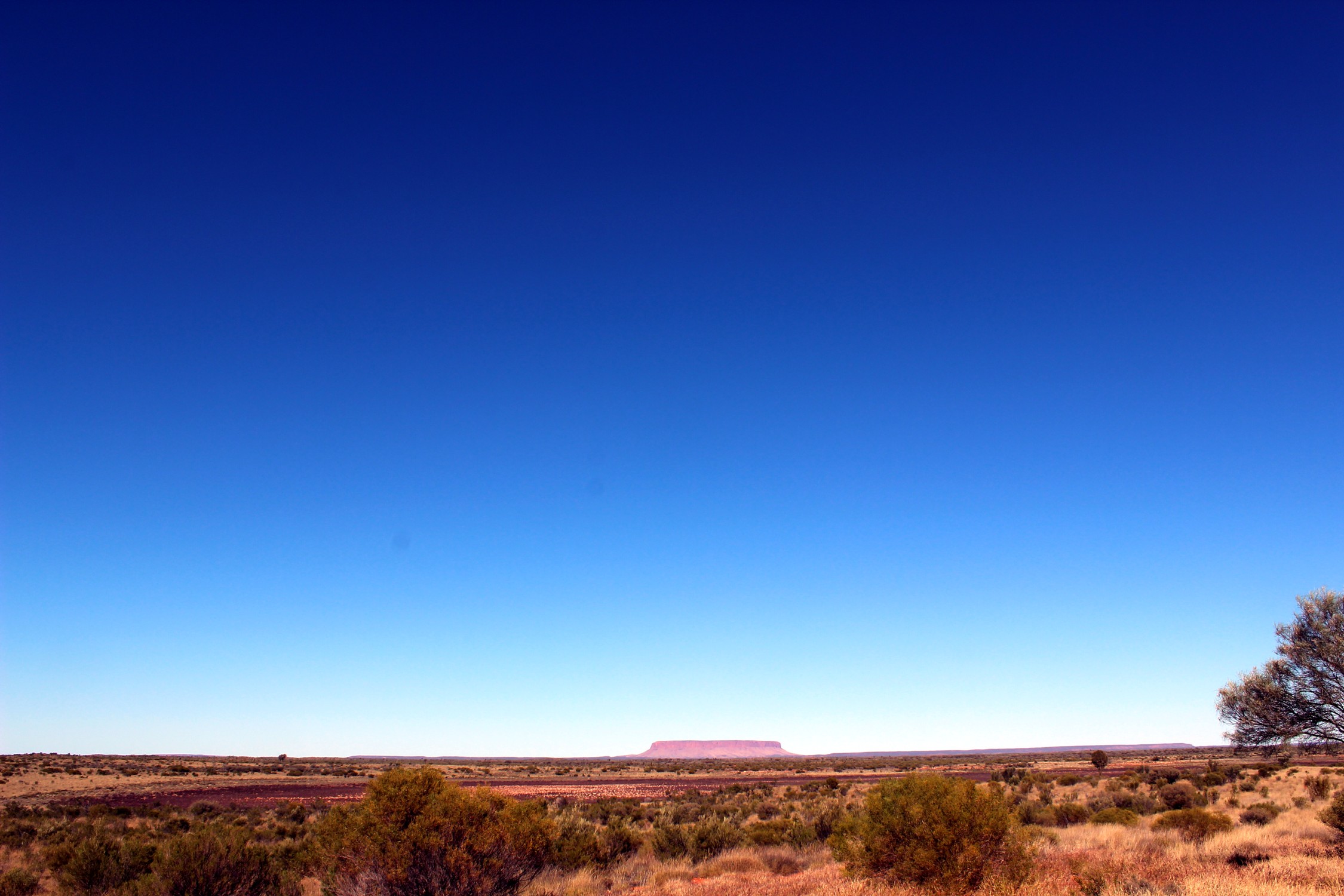
|
||
|
Mount Conner |
(Move cursor over image to reveal caption) |
|

|
||
|
Kata Tjuta |
(Move cursor over image to reveal caption) |
|

|
||
|
Uluru |
(Move cursor over image to reveal caption) |
|

|
||
|
Kata Tjuta |
|
|

|
|
|
Kata Tjuta |

|
||
|
Kata Tjuta |
|
|

|
||
|
Uluru |
(Move cursor over image to reveal caption) |
|